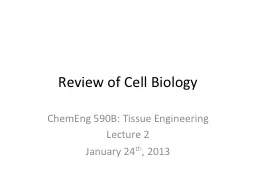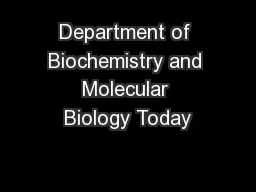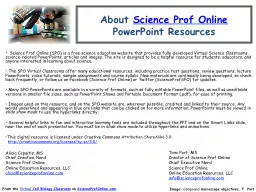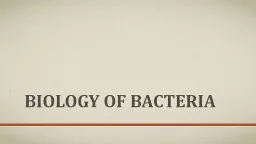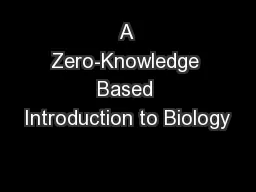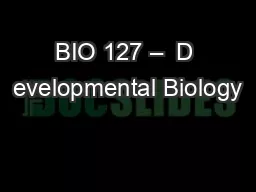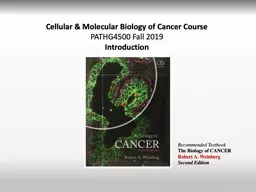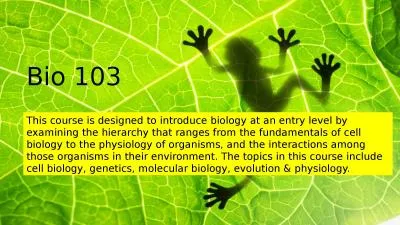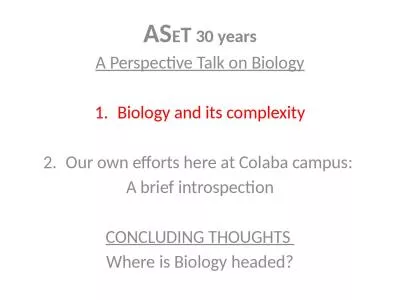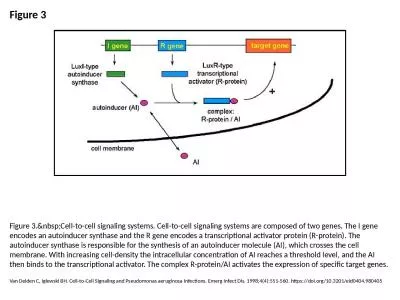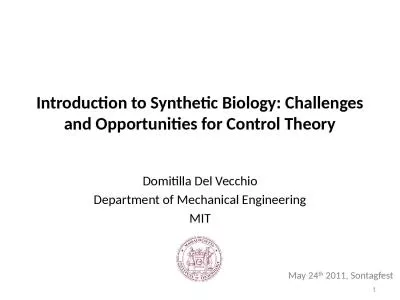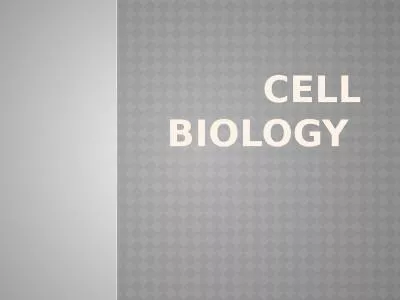PPT-Review of Cell Biology
Author : test | Published Date : 2016-04-25
ChemEng 590B Tissue Engineering Lecture 2 January 24 th 2013 Animal Cell Structure 2 Figure 62 Molecular Biology of the Cell Garland Science 2008 3 The Central
Presentation Embed Code
Download Presentation
Download Presentation The PPT/PDF document "Review of Cell Biology" is the property of its rightful owner. Permission is granted to download and print the materials on this website for personal, non-commercial use only, and to display it on your personal computer provided you do not modify the materials and that you retain all copyright notices contained in the materials. By downloading content from our website, you accept the terms of this agreement.
Review of Cell Biology: Transcript
Download Rules Of Document
"Review of Cell Biology"The content belongs to its owner. You may download and print it for personal use, without modification, and keep all copyright notices. By downloading, you agree to these terms.
Related Documents

